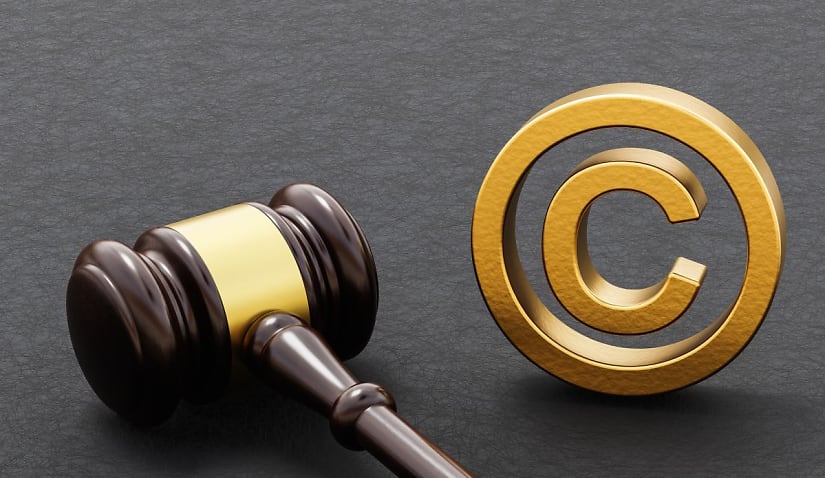Despite the majority of employees in Australia accessing published content in their role, only a small number are certain their business has a license to use the material, according to a new report, which found that not enough workers consider copyright laws.

New research from market research company Fiftyfive5, on behalf of Copyright Agency, has revealed that despite 66 per cent of white-collar workers accessing published content, only 7 per cent are sure that their organisation has a license to use the material.
Three-quarters (74 per cent) of respondents who use copyright materials said they use industry reports or research papers, with most respondents saying they receive this type of material from a colleague or third party (55 per cent). News articles are used by 45 per cent of workers who use copyright materials.
Copyright Agency chief executive Josephine Johnston said that in light of the new research, it was clear “how valuable copyright content is” – but that the unlicensed use of this content was concerning.
“Publishers and rights holders will be alarmed to know the extent to which staff within Australian businesses are distributing and copying content without the appropriate copyright licences in place,” she said.
“Yet it appears that many employees are doing this unknowingly. Our survey revealed that half of white-collar workers believe that if content is published on the internet, it can be copied or used by anyone. This is something that needs to be addressed so that we can continue to protect the intellectual and creative property of writers.”
According to the report, those in leadership positions were most likely to download copyright material for sharing purposes (reported by 60 per cent).
“The results demonstrate how potential copyright infringement is rife across Australian businesses, across all types of roles and industries. This is partly down to a misunderstanding, or lack of knowledge, as to how content can be used or shared by businesses in a copyright-compliant fashion,” Johnston added.
“However, the discovery that those in leadership positions are more prone to engaging in these behaviours is a particular concern, as it is people in these roles that should be setting an example for the rest of the company.
“Every role is different and requires permission to access and use different types of material. There isn’t a one-size-fits-all approach when it comes to copyright usage, but it’s clear that material is being copied and shared without awareness or avoidance of risk.”

Lauren is the commercial content writer within Momentum Media’s professional services suite, including Lawyers Weekly, Accountants Daily and HR Leader, focusing primarily on commercial and client content, features and ebooks. Prior to joining Lawyers Weekly, she worked as a trade journalist for media and travel industry publications. Born in England, Lauren enjoys trying new bars and restaurants, attending music festivals and travelling.